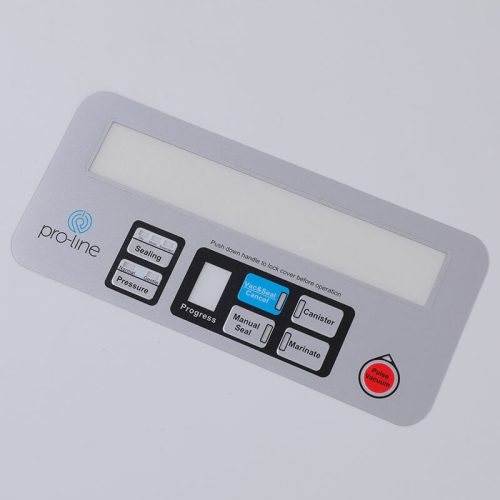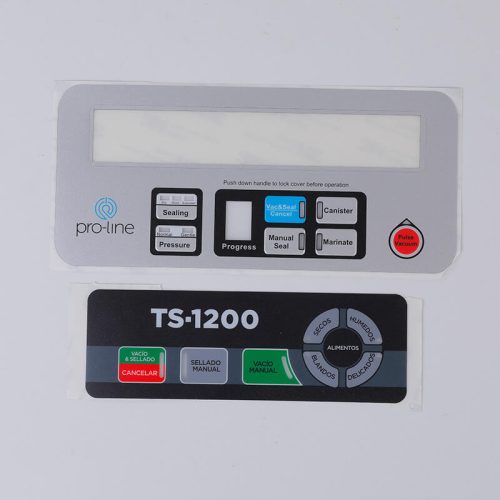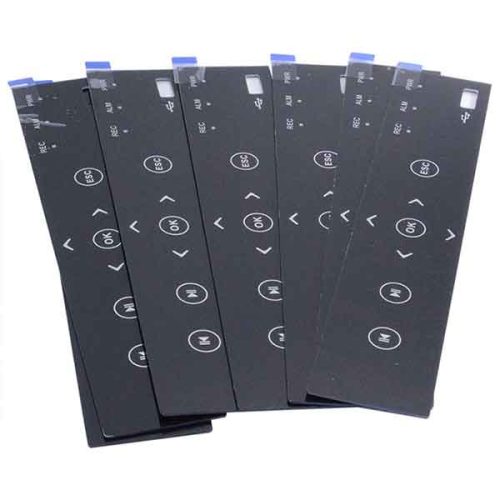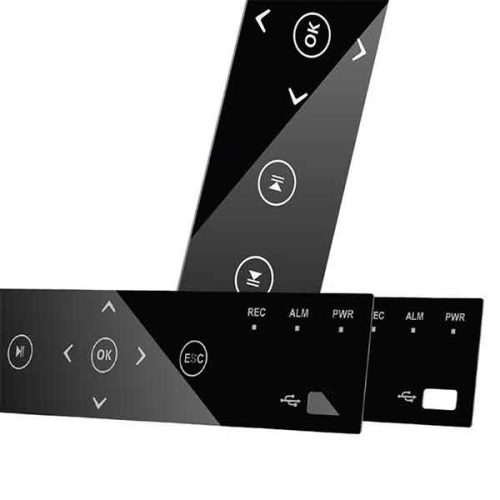Order FAQ
Q: Can you do OEM service?
A: Yes! We have been the OEM manufacturer since 2005, Welcome OEM design!
Q: What is your minimum order quantity?
A: No MOQ line for usual material orders, we welcome all sample orders, trial orders, and mass production orders;
Q: Can I order with just my logo?
A: Of course! We welcome OEM orders with customers’ logos, sizes, and shapes as the design
Q: What about the sample cost?
A: MSTR printing would offer free samples of our previous orders just with freight prepaid;
For sample orders as designed, the sample charge would be necessary according to the design, material, and printing colors;
Sample charges will be returned to the customer once the order’s total amount achieves the confirmed amount.
Q: How to order:
A:1.Contact us with your specifications and requests to get one exact and free quote for free, our email is info@graphicoverlaysz.com
2. Supply artwork, place the order, arrange the payment
3. Receive the approval proof and expected delivery time
4. Inform the exact address with the zip code and confirm the delivery invoice and Packing list
5. Delivery with the tracking number by express or bill number by air & sea
6. Receipt and after-sales customer service.








